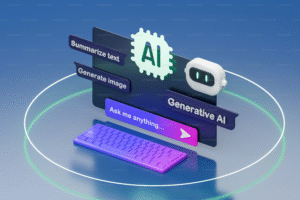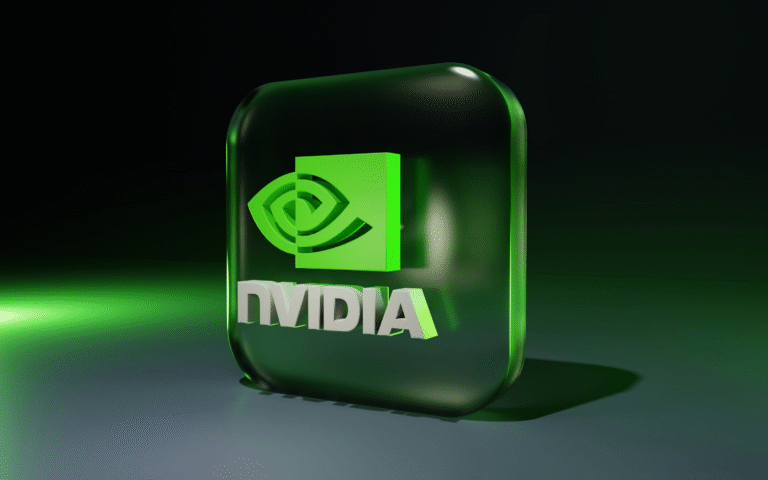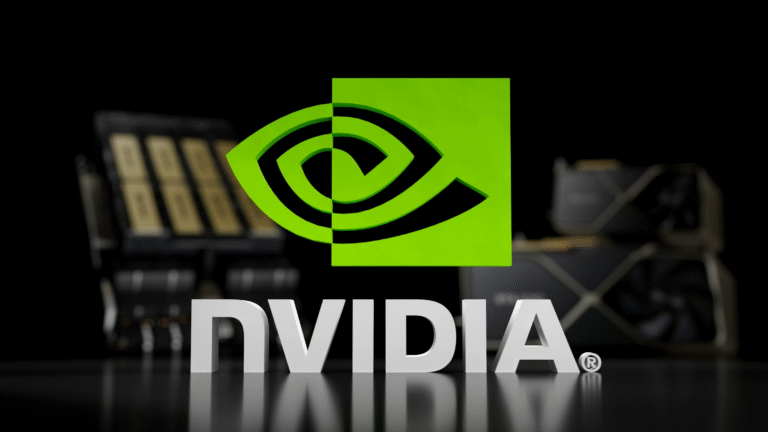We’ve all probably seen a few robot movies. When we watch robot movies, they leave deep scars on our minds. But to be honest, there are different types of robots in different movies. Which may be huge, and which may be very small. Are robots like this in real life? Such questions are not uncommon. But let us know what is meant by a robot.
What Is A Robot?
Robotics is a collection of different branches of the electronics department, mainly computers. The robot has no pre-defined shape or performance, it will take on the shape that scientists want it to have, and it will have that level of performance. So different robots can be seen in different sizes, different colors, and in different places. Just as some are very large, some are very small, and some are smaller than the fingers. Some move slowly on the ground, some are able to jump and some can fly. Some can swim in the water, some can walk on all four legs and some can roll.
For so many variations, such as size, design, capabilities, etc., different scientists have different opinions. So no definite definition of it is available. And because different people have different ideas about robots, even among roboticists, most of us think of robots as pictured in scientific movies and science fiction stories.
So the definition of a robot is simple –
A robot is an autonomous machine that is able to make its own decisions according to the environment and perform its own tasks according to needs.
The branch to study robots is called robotics and those who study this branch are called roboticists.
Machine Vs Robot
At first glance, there is no significant difference between a machine and a robot, but a closer look reveals that the biggest difference between them is automation. A machine can never be automatic. It has two main stages, on and off. In some cases, there is a middle stage of on and off. For example, in the case of ordinary lights, we only turn the switch on and off. As a result, the lights are on and off. But this concept does not only apply to fans. Because when you turn on the fan and connect the electricity, the wind blows, when you turn it off again, the fan goes off. So it stops but there are a few stages in the middle. It is possible to increase or decrease the speed of the fan by controlling it through the regulator. But our daily necessities are two machines, not robots because we control them as our needs.
Simple Robot Vs. Intelligent Robot
We usually see a lot of robotic ingredients that don’t look like robots in practical terms. But it also contains a lot of software programming for which it can work properly. In many cases, they are not multipurpose i.e. they are made for a specific purpose. However, intelligent robots are always multipurpose. They are made mainly through a combination of three functions – sense, compute and act.
There are some elements that fall into the stage of simple robots today. Such as our microwave. Its only job is to cook. And there are many buttons, each of which works differently and differently to use. This means that there is a separate programming set for each button and this is why it lasts until the set time. It is not more or less. However, from that point of view, a PC’s keyboard, mouse, printer, monitor, etc. are electronic components, but in no way part of robotics. Automatic doors, elevators, etc are also examples of simple robots.
Cruise control in cars is an important ingredient today. It strives at every moment to maintain a certain spread and is able to work automatically. So this is a simple robot. The common refrigerator used in our home automatically seeks to maintain a certain set temperature.
Ordinary vacuum cleaners are considered a machine. Because they are not able to clean the floor dust by themselves. A man’s help is certainly needed. However, robotic vacuum cleaners used to clean dust use advanced sensors. As a result, it can easily detect all objects in the house and avoid low places such as the next step of the stairs. Just as these can be used with the click of a button through a mobile app, if you fix the schedule in advance, it will start automatically and start its own work. example – iRobot Roomba vacuum cleaner.
The self-driving car currently in use is also known as the driverless car. It’s not just about starting and stopping. It can also increase and decrease the speed as needed. Can overtake again at will and hit the brakes suddenly if there is an object in front. Different types of automatic drones carry a lot of demand today and when the batteries run out, they go to the reserve and return to the specified location. The probability of loss is greatly reduced in this case. These are examples of intelligent robots.
How does a robot understand?
Only intelligent robots have the ability to perceive anything. A robot can only do three things to perceive something – sense, compute, and act. Sense is used as an electrical ingredient – many multiple sensors like cameras, laser range finders, and gyroscopes. Some special robots use an obstacle-detecting sonar sensor. Compute specialty is used when programming software is installed. For an act, he uses his specific organ or body part, that is, the device of the robotic body for that work. The sensing-computing-acting cycle is repeated constantly in this process, in what roboticists call a “feedback loop.”
However, an intelligent robot can be stationary in a certain place and can be built with a few elements. To operate in the real world, combine sensors, computers, actuators, software, and user interfaces into a robot to build a humanoid robot the cost and complexity are much higher. In some decades the robotics industry has improved a lot in the last five years. Robots are getting better at recognizing objects and people, mapping indoor and outdoor spaces, and moving through real-world human environments. As a result, the number of roboticists has increased as new people have become interested in robotics.












